ß-TCP Synthetic Bone Particles
TCP Instructions
Beta Tri Calcium phosphate grafting material is a proven alloplastic material that provides excellent bone growth for socket preservation and eventual dental implant placement. Its effective use is supported by the fact that many patients respond positively to its "synthetic" nature, and there is no concern about the use of human or animal product.Step 1: Atraumatically extract tooth utilizing the Physics Forceps extraction instruments (Standard Series or Molar Series depending on tooth).
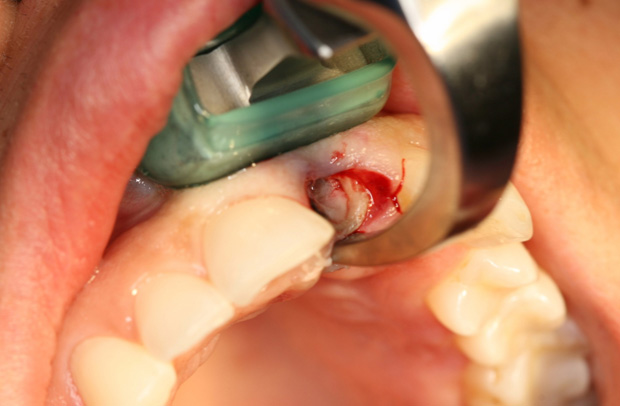
Step 2: Utilizing an Insulin Syringe Ultra-Fine Short the patient's blood is harvested from the socket site to mix with the ß-TCP Synthetic Bone Particles.
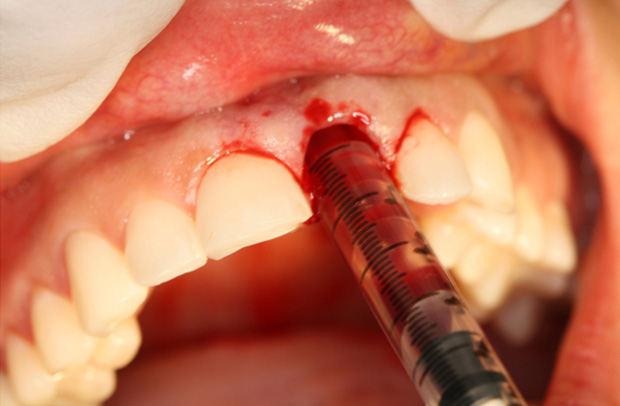
Step 3: Utilizing the Combination Graft Material Spoon / 4mm Serrated Graft Packer from Golden Dental Solutions mix the blood obtained in Step 2 with the ß-TCP Synthetic Bone Particles in the weighted grafting mixing dish from Golden Dental Solutions. This allows for proper changeover. This works better than using sterile water or saline which seems to inhibit osteoclastic activity to some degree.
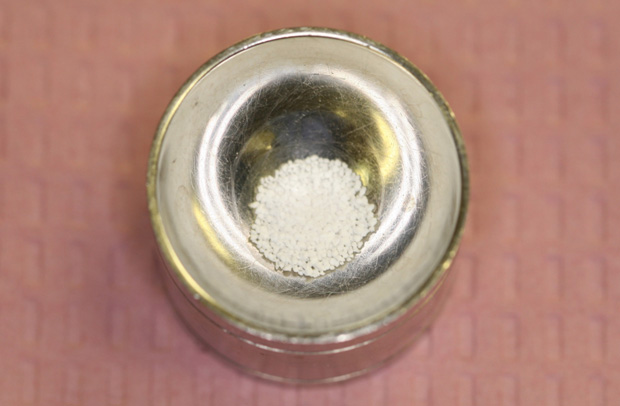
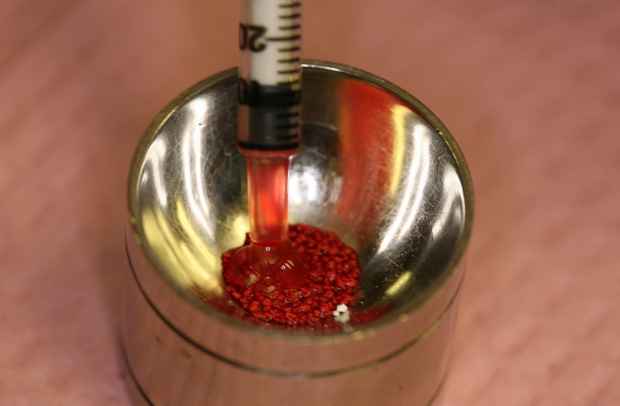
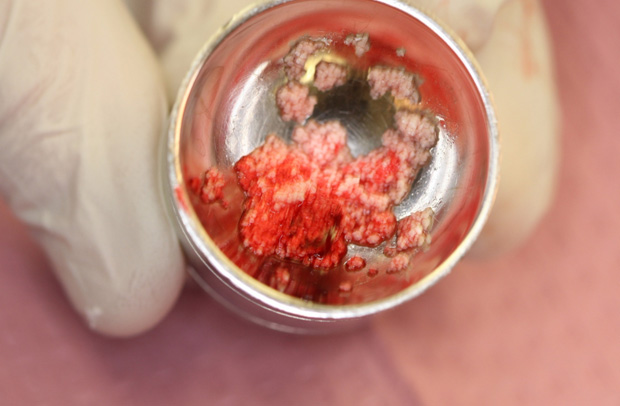
Step 4: Utilizing the Combination Graft Material Spoon / 4mm Serrated Graft Packer from Golden Dental Solutions lightly pack the material in the socket. Larger socket sites such as molar teeth will require more material than smaller socket sites, so having enough material is imperative to filing the socket site completely to the crest.
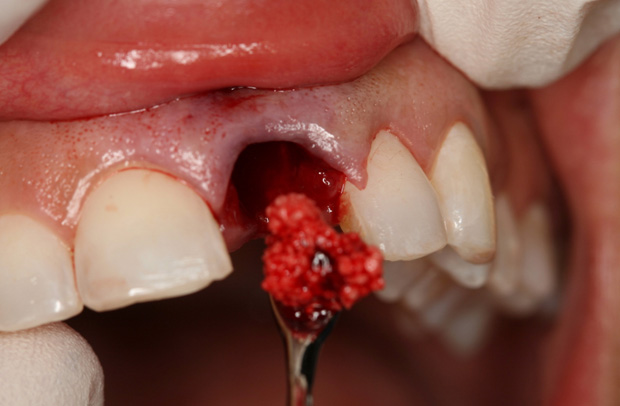
Step 5: Properly cut and place Resorbable Pericardium Membrane. A membrane is cut to the appropriate size of the socket. Tissue must be elevated to allow a least 2mm of barrier to be placed on the labial and palatal aspect of the bone. This will eliminate the barrier moving out of the socket site before you want to (if non-resorbable used). This may be the most frequent error in barrier positioning. The barrier must be laid flat over the graft material yet be stable on the facial and palatal aspects.
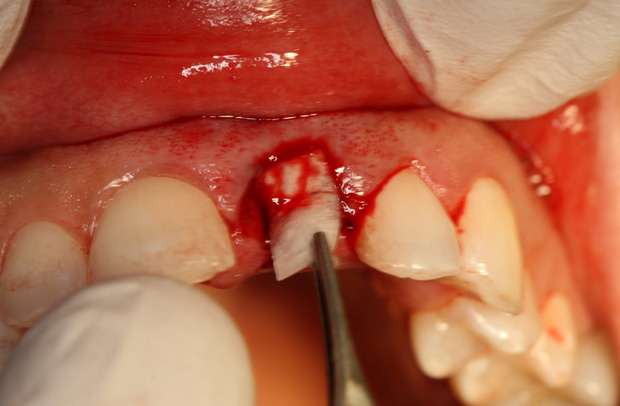
Step 6: Resorbable barriers do not need to be removed and prevent tissue ingrowth into the newly grafted socket. Tissue grows much quicker than bone. A tissue layer will cover the barrier over time. We will usually allow a minimum of four months for integration of the grafting material prior to any further surgical intervention. However, of course, the time depends on the healing properties of the individual patient.
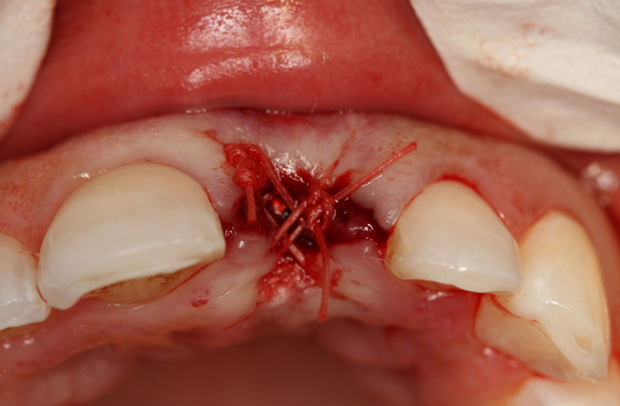

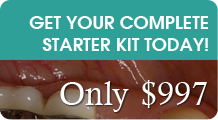


 Make my Life Easier - Send me Free Informational DVD
Make my Life Easier - Send me Free Informational DVD Keep on Pulling - I Just Need Bumpers
Keep on Pulling - I Just Need Bumpers


